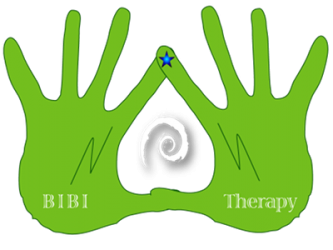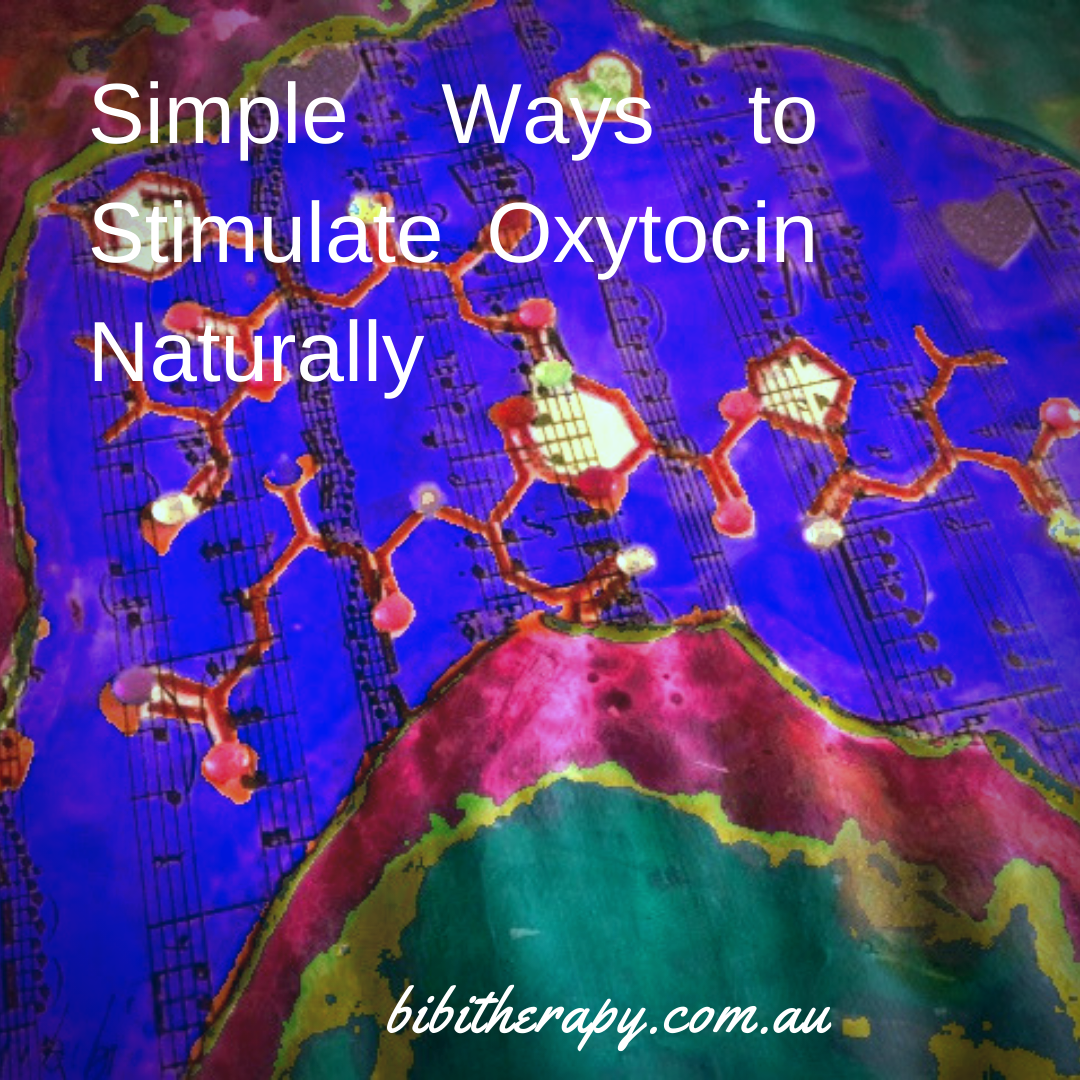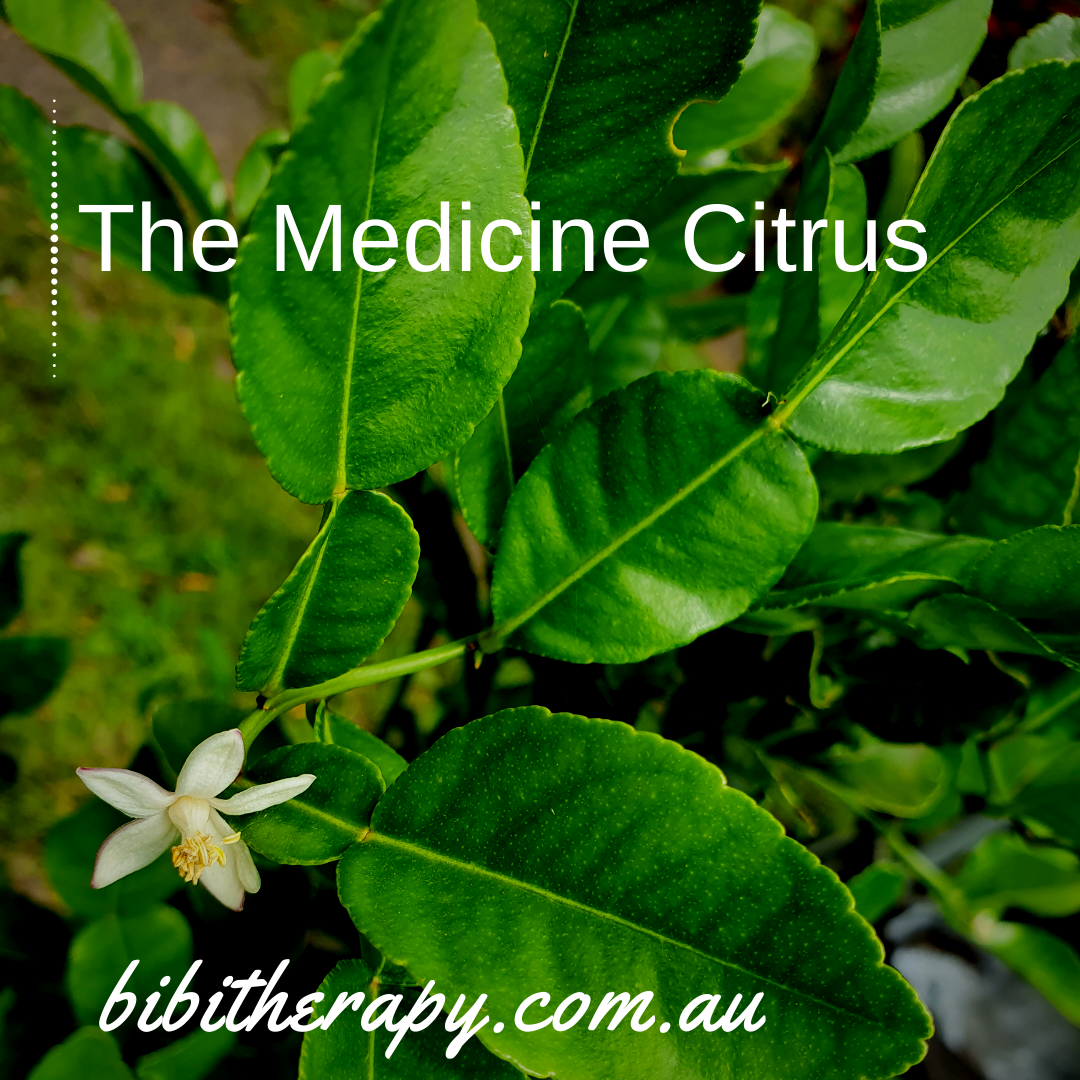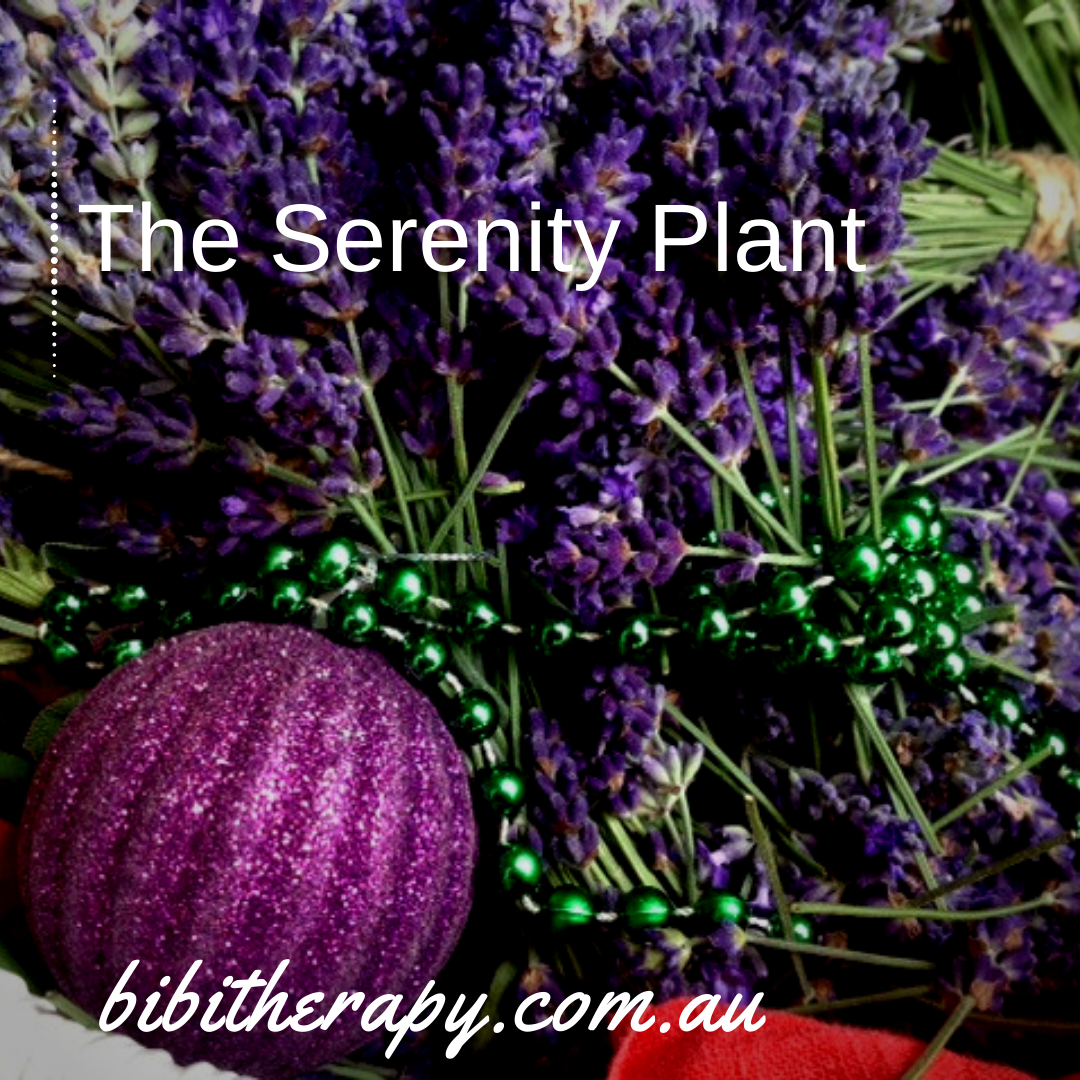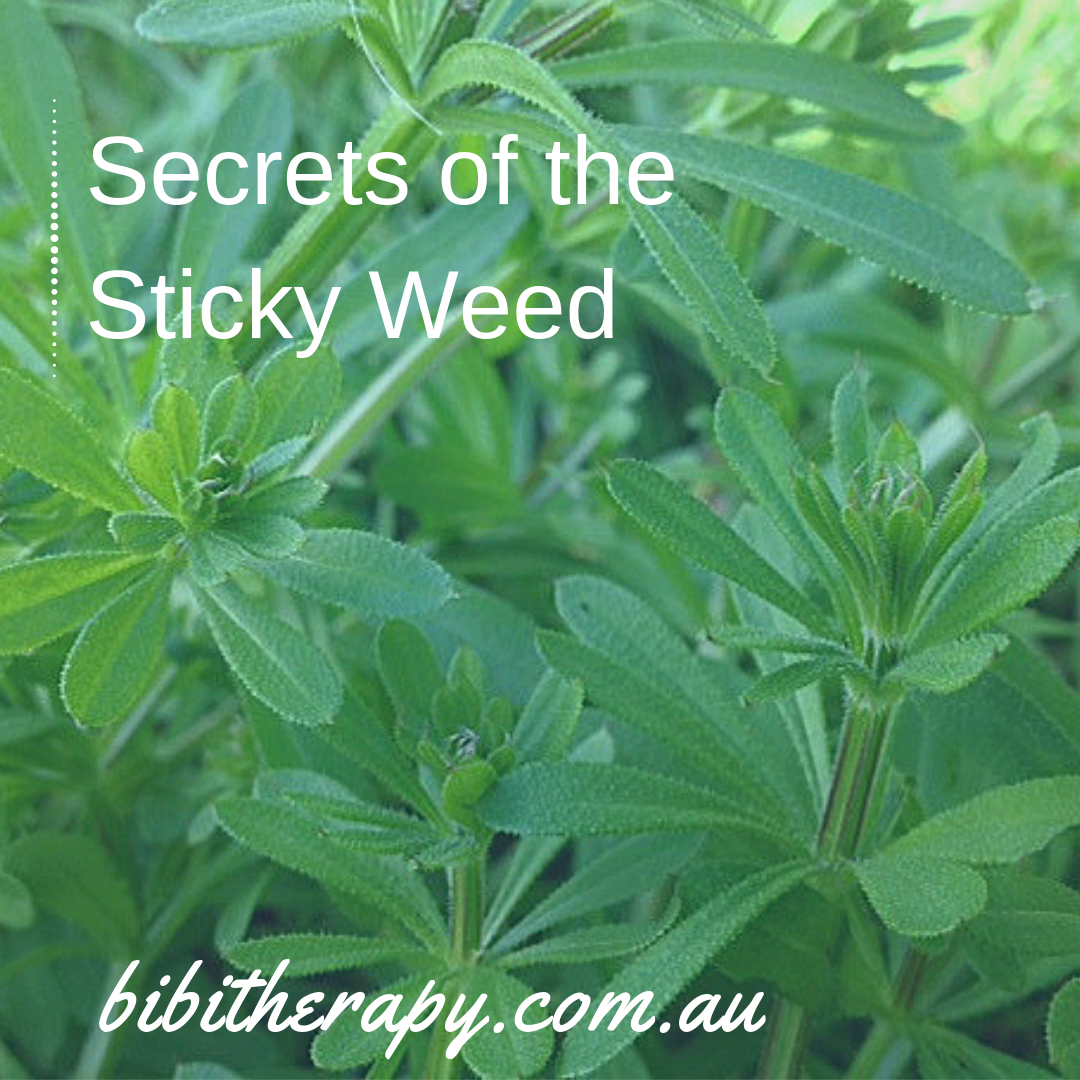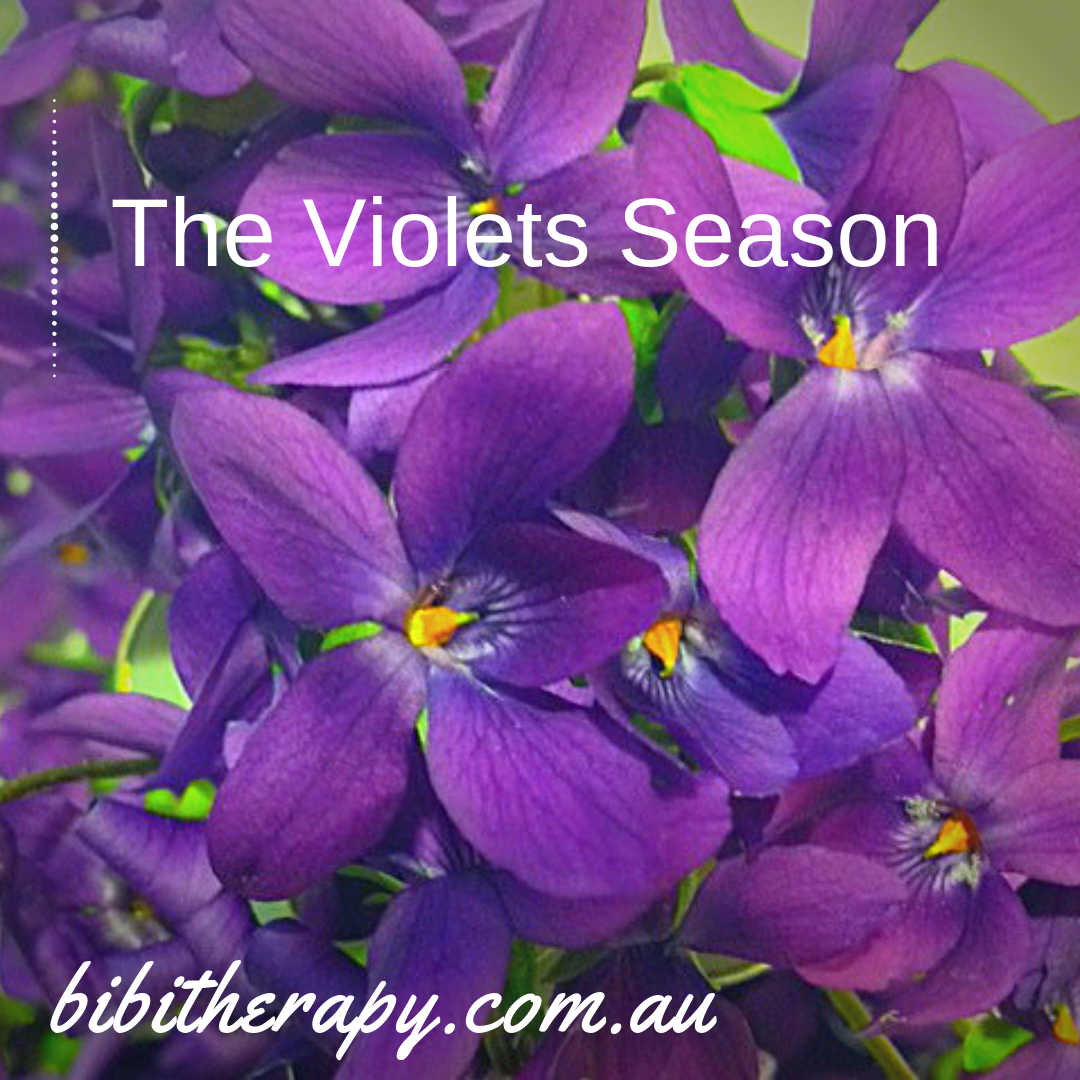This blog takes me back on the memory line.
It was on beautiful European autumn when I was waiting anxiously to see what little gift my partner will bring me from a visit in France. I was pleasantly surprised to learn that the gift came in the form of a lovely hydrating face cream. I was totally into it. Mais bien sûr. It is well known that French women look after their skin. So was I. The cream, for which I will not disclose any brand or name, was fantastic. The fine lines that occurred due to the excessive sun exposure disappeared after just a week of using the cream. Disappointment came when I finished the tub….. and this brings me to the topic of today’s blog. Can ageing be prevented? Can it be ameliorated? Are the signs of ageing embedded into our genes? Some think that the answer to is “yes”. Others leave the question up to be debated. What do you think?
Yes, I know this topic is like opening the Pandora’s box. Yet the knowledge that it is accumulated on the subject is spectacular. It was to no surprise to me to observe that recent research into ageing made a connection between ageing and aromatherapy.
Let me explain. In technical terms ageing is commonly linked to a hormone, oxytocin, termed by scientists as the “great facilitator of life” (Lee et al, 2009). It is also known under the names of the “love hormone”, the “social hormone”, the “cuddle hormone”, and the “happy hormone”. Oxytocin hormone was first characterised by Sir Henry H Dale in 1906 as an extract made from the human pituitary gland. Initially, it was thought that its role is purely uterotonic. Since then its effects and roles continue to be unfolded. Here is an abbreviated list of known functions where oxytocin plays an important role (Lee et al, 2009):
- Learning,
- Anxiety,
- Eating,
- Pain reception,
- Social memory,
- Aggression,
- Sexual and maternal behaviour.
Furthermore, recent research has shown that oxytocin deficiency has deleterious effects on important bodily functions:
- It is intricately involved in a broad array of mood and anxiety disorders (Cochran et al 2014);
- It can lead to obesity, despite normal food intake, due to altering the glucose metabolism (Ding et al, 2019);
- It is negatively associated with anorexia nervosa in women, eating disorders, anxiety and depressive symptoms (Afinogenova et al, 2016);
- Additional studies into the oxytocin role and the ageing phenomena established that it plays an essential role for muscle regeneration (Elabd et al 2014).
Oxytocin is being used as a prescription medicine for the treatment of a number of health conditions. As a holistic practitioner I am rather not interested in the ingestion of a synthetically obtained substance. It turns out that oxytocin levels production can be stimulated within our own bodies. Below are three easy way to stimulate it naturally.
1. Sniff-sniff that lovely oil aroma diffuser for a minimum of 20 minutes a day: Researchers from Nagasaki University, Japan (Tarumi and Shinohara, 2020) measured the effects of certain essential oils on postmenaupausal women. The conclusion of the investigation has established that oxytocin olfactory stimulation is possible after 20 minutes of inhaling the aroma of these oils. The essential oils included rose otto, sweet orange, lavender, neroli, frankincense, jasmine absolute, ylang ylang, roman chamomile, clary sage, and Indian sandalwood.
2. Have only 15 minutes massage every week: Researchers at University of California, USA have demonstrated that only a 15 minutes of moderate-pressure massage leads to an increase in the oxytocin levels in both male and female participants.
3. Find excuses to give and receive hugs: Researchers at North Carolina University, USA, reported that frequent hugs between spouses/partners led to increased oxytocin levels.
The Bottom Line: Given that oxytocin half-life is short, only 1 to 6 minutes one would require multiple bouts of it. So keep hugging, sniffing and receiving a light massage regularly. It is the only way to keep ageing process at bay. My take on ageing and the appearance of the skin: it is not what one applies on the face that makes the skin glow. Rather, the skin glowing is an after effect of a more complex process. It involves what one eats (Nutrition), what one drinks (Herbalism) as well as what ones applies on the skin or sniffs (Aromatherapy).
Thank you for reading. Until next time stay safe, stay young and healthy.
Disclaimer: I am a qualified holistic wellness, Herbalist Aromatherapist and Nutrition Diva rather than a medical doctor or nurse. Always check with a doctor or medical professional if a medical need arises.
References
Afinogenova, Y., Schmelkin, C., Plessow, F., Thomas, J. J., Pulumo, R., Micali, N., Miller, K. K., Eddy, K. T., & Lawson, E. A. (2016). Low Fasting Oxytocin Levels Are Associated With Psychopathology in Anorexia Nervosa in Partial Recovery. The Journal of clinical psychiatry, 77(11), e1483–e1490. https://doi.org/10.4088/JCP.15m10217
Cochran, D. M., Fallon, D., Hill, M., & Frazier, J. A. (2013). The role of oxytocin in psychiatric disorders: a review of biological and therapeutic research findings. Harvard review of psychiatry, 21(5), 219–247. https://doi.org/10.1097/HRP.0b013e3182a75b7d
Ding, C., Leow, M. K., & Magkos, F. (2019). Oxytocin in metabolic homeostasis: implications for obesity and diabetes management. Obesity reviews : an official journal of the International Association for the Study of Obesity, 20(1), 22–40. https://doi.org/10.1111/obr.12757
Elabd, C., Cousin, W., Upadhyayula, P., Chen, R. Y., Chooljian, M. S., Li, J., Kung, S., Jiang, K. P., & Conboy, I. M. (2014). Oxytocin is an age-specific circulating hormone that is necessary for muscle maintenance and regeneration. Nature communications, 5, 4082. https://doi.org/10.1038/ncomms5082
Lee, H. J., Macbeth, A. H., Pagani, J. H., & Young, W. S., 3rd (2009). Oxytocin: the great facilitator of life. Progress in neurobiology, 88(2), 127–151. https://doi.org/10.1016/j.pneurobio.2009.04.001
Light, K. C., Grewen, K. M., & Amico, J. A. (2005). More frequent partner hugs and higher oxytocin levels are linked to lower blood pressure and heart rate in premenopausal women. Biological psychology, 69(1), 5–21. https://doi.org/10.1016/j.biopsycho.2004.11.002
Tarumi, W., & Shinohara, K. (2020). The Effects of Essential Oil on Salivary Oxytocin Concentration in Postmenopausal Women. Journal of alternative and complementary medicine (New York, N.Y.), 26(3), 226–230. https://doi.org/10.1089/acm.2019.0361
